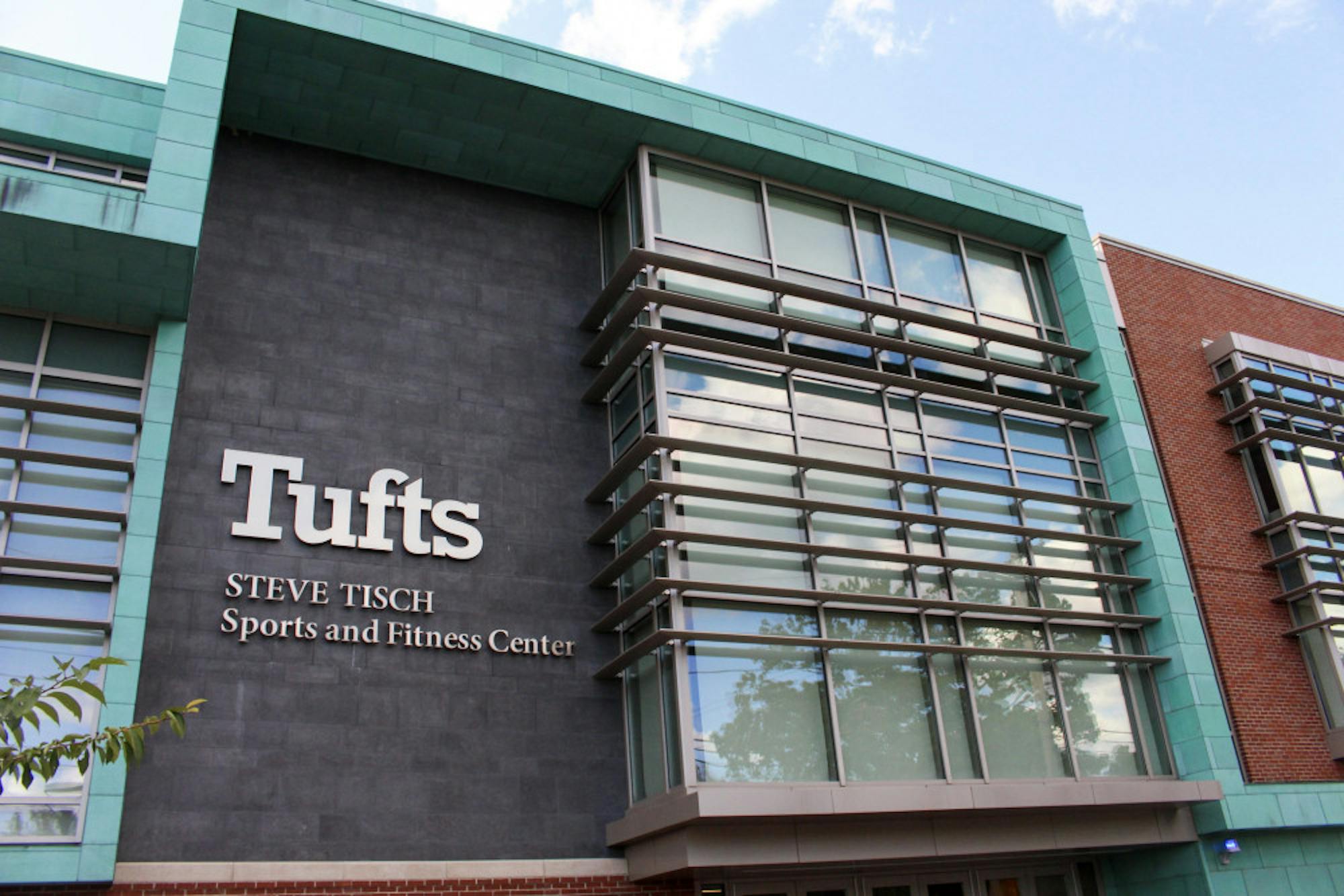Anyone who has recently been in the Tufts gym has likely noticed and been irked by the crowding. In some ways, this is not Tufts’ fault. It is not a surprise that gym attendance is heightened in the period following New Year’s Day as New Year’s resolutions are meant to be based on the idea of self-improvement. Logically, going to the gym fulfills this natural desire. However, given the unpleasantries of the current state of the Tufts gym, the administration ought to concoct and implement a more responsible plan for the future.
Getting the proper amount of exercise is important for everyone, but it carries the utmost importance for college students. Exercise can relieve common sources of pressure in college, such as having trouble concentrating, poor sleeping habits and disconsolate moods. In addition to the obvious benefits associated with being physically fit, it is these mental health benefits that behooves a university such as Tufts to prioritize gym accessibility. It would be unfair to claim that Tufts has not been attempting to support students’ mental health in other ways, such as Counseling and Mental Health Services, whose number is printed on all students’ Tufts ID cards. Furthermore, Tufts’ various identity-based centers undoubtedly play a role in improving the mental health of members of these communities. Moreover, the newly implemented Indigenous Center proves that Tufts has remained committed to building communities to relieve the anxieties and stresses felt by these groups. Nevertheless, even members of these groups can stand to benefit from what consistent exercise offers for one’s well-being.
In the time since returning to Tufts, it has become especially clear that the Tufts gym is inadequate. Although Tufts has an undergraduate enrollment of approximately 6,500 individuals, the fitness center space is about 7,000 square feet. The gold standard of college gymnasiums, the Yale gym, has 14 floors and over 12 acres of indoor space. A less jarring example is the Colby College gym, which has a three level, 13,000 square foot fitness center. Both schools have significantly larger facilities than Tufts despite having smaller undergraduate enrollments.
Since the gym is dominated by cardio machines such as treadmills and ellipticals, those looking to do weight training might find scarcer opportunities. The inadequate number of benches brings a somewhat disappointing lack of variety to students looking to pursue weight training goals.
In addition to overcrowding at the gym, Tufts physical education classes have too few offerings, which makes it difficult to land a spot in one of these courses as an underclassmen. By the time freshmen in the School of Arts and Sciences are able to register for classes, many P.E. classes tend to be completely filled.
During the New England wintertime, outdoor opportunities for exercise are scarce, and access to the Tufts gym and enrollment in physical education courses become ever more necessary. With spots in these P.E. classes filled, students turn to the gym as a last resort of sorts. Their intentions of improving their physical fitness and mental health are worthwhile, and should be more urgently considered by the Tufts administration. Students going to the gym in the early weeks of this semester will without a doubt see overcrowding no matter what time they attend, and this less than ideal experience could turn away some people who might have otherwise established very good habits. A New Year's resolution should be yours to fail, not the Steve Tisch Sports and Fitness Center’s.






